An Infosys ATP Beyond The Numbers analysis of the Top 10 from the 2019 season uncovers a paradoxical relationship between second serve speed and the corresponding win percentages.
A more powerful shot in tennis, especially with a serve, has always been looked upon as more desirable than a slower shot. That belief may not be as set in concrete as we once thought.
The first thing to start with is to organise the 2019 year-end Top 10 in order of fastest to slowest with average second-serve speed.
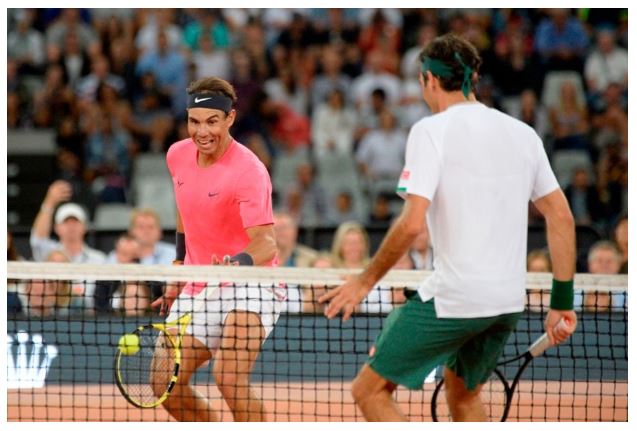
2019 Year-End Top 10: Average 2nd Serve Speed
Rating Player Average 2nd Serve Speed
1 Matteo Berrettini 102.8 mph
2 Alexander Zverev 100.6 mph
3 Gael Monfils 99.9 mph
4 Dominic Thiem 99.0 mph
5 Stefanos Tsitsipas 97.0 mph
6 Rafael Nadal 96.4 mph
7 Novak Djokovic 96.1 mph
8 Roger Federer 95.9 mph
9 Daniil Medvedev 95.8 mph
10 Roberto Bautista Agut 93.5 mph
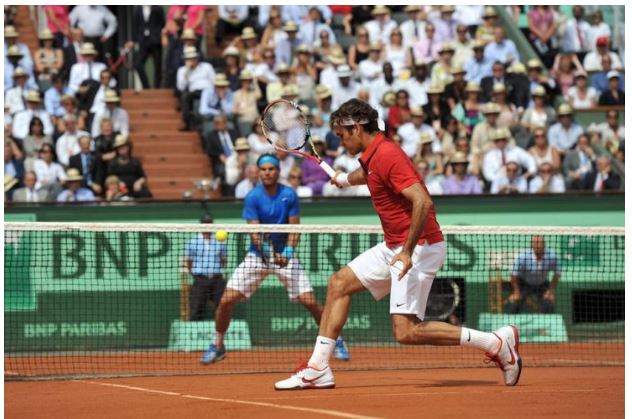
When you cut the group in half, combining the fastest five averages and the slowest five averages, something eye-opening emerges. The five players who had the slowest second-serve speed all climbed higher in the group when examining win percentages. The only player to be in the leading five players in average speed and win percentage was Dominic Thiem.
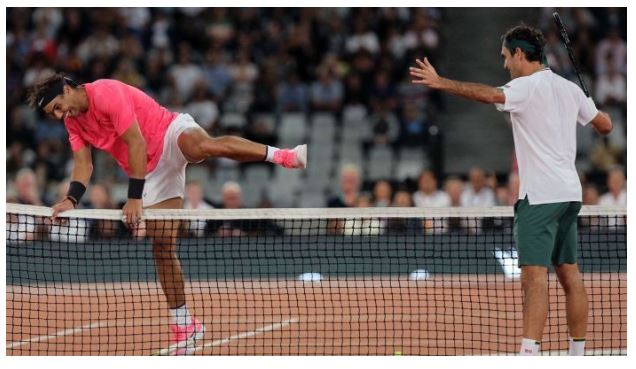
Rafael Nadal, Novak Djokovic, Roger Federer, Daniil Medvedev and Roberto Bautista Agut owned the five slowest averages of the Top 10 ranked players in 2019. They combined to average 95.5 mph for their second serve while the five leading players averaged right at 100 mph.
The following table re-orders the Top 10 with percentage of points won from second serves in 2019.
2019 Year-End Top 10: 2nd Serve Win Percentages
Rating Player Average 2nd Serve Win %
1 Rafael Nadal 59.64%
2 Roger Federer 59.44%
3 Novak Djokovic 57.02%
4 Roberto Bautista Agut 55.96%
5 Dominic Thiem 55.28%
6 Daniil Medvedev 54.57%
7 Matteo Berrettini 53.77%
8 Stefanos Tsitsipas 52.92%
9 Gael Monfils 50.47%
10 Alexander Zverev 44.31%
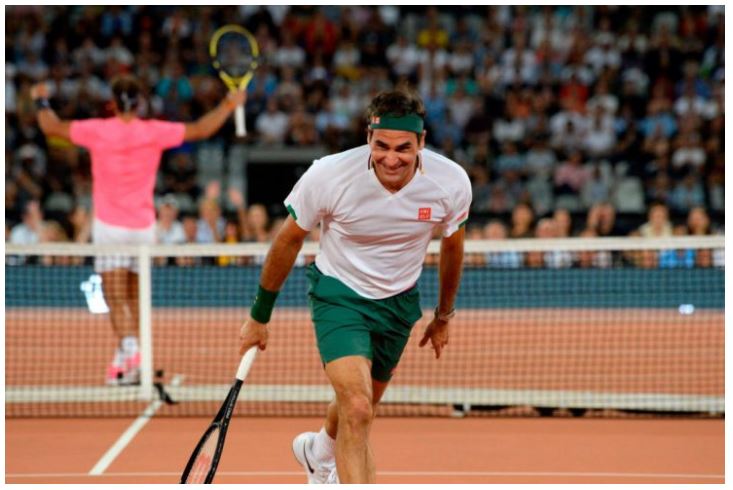
The clear pattern is that the five slowest servers all climbed the ladder to a higher position when analysing their win percentages while the five fastest servers all dropped to a lower rating when comparing mph to win percentages.
Comparison: Five Slowest Second Servers
•Rafael Nadal: Speed = 6th / Win % = 1st
•Roger Federer: Speed = 8th / Win % = 2nd
•Novak Djokovic: Speed = 7th / Win % = 3rd
•Roberto Bautista Agut: Speed = 10th / Win % = 4th
•Daniil Medvedev: Speed = 9th / Win % = 6th
Comparison: Five Fastest Second Servers
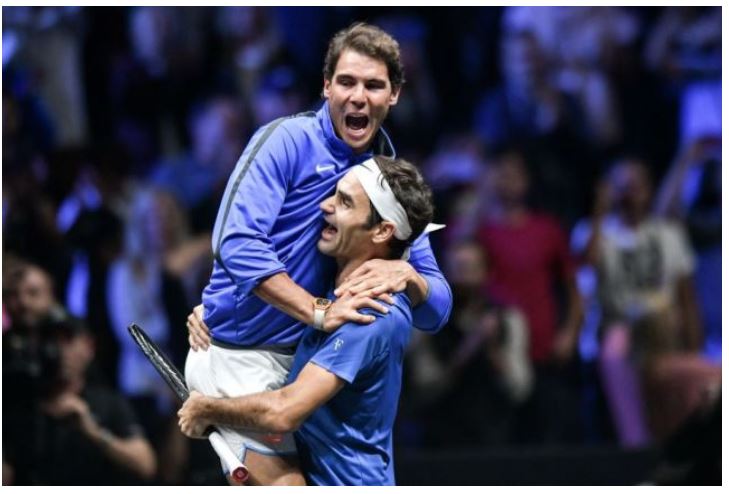
•Matteo Berrettini: Speed = 1st / Win % = 7th
•Alexander Zverev: Speed = 2nd / Win % = 10th
•Gael Monfils: Speed = 3rd / Win % = 9th
•Dominic Thiem: Speed = 4th / Win % = 5th
•Stefanos Tsitsipas: Speed = 5th / Win % = 8th
Below are five strategic possibilities why this dynamic is occurring:
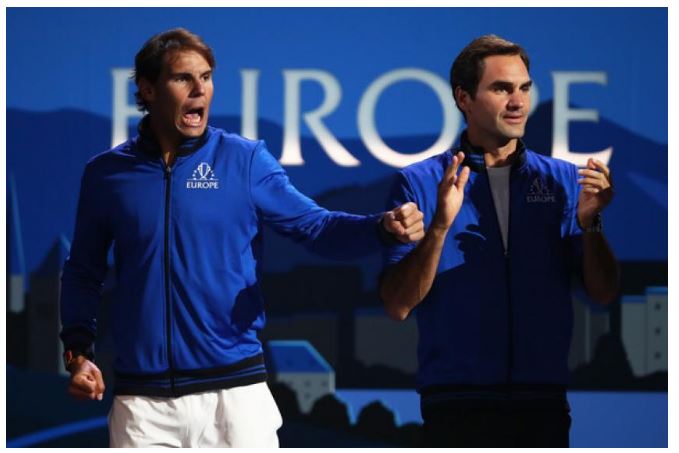
1. A faster second serve gets back to the server faster, taking time away to prepare.
2. The five slower servers are stronger defensively with their Serve +1 forehand and backhand.
3. The returner is “out in front” of the slower second serve, not timing it as well.
4. The five slower servers have a better mix of location to keep the returner guessing.
5. The five slower servers rely more on spin, direction & depth to win second-serve points.
Performance around second serves is critical to reaching the elite level of our sport. Raw speed is just one of the layers that directly effects how many second-serve points you win.